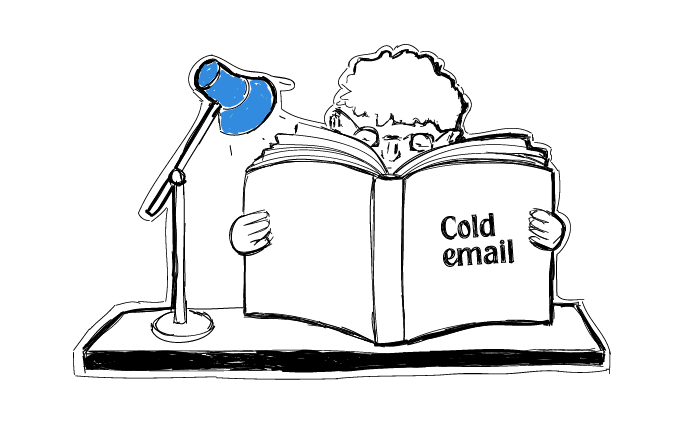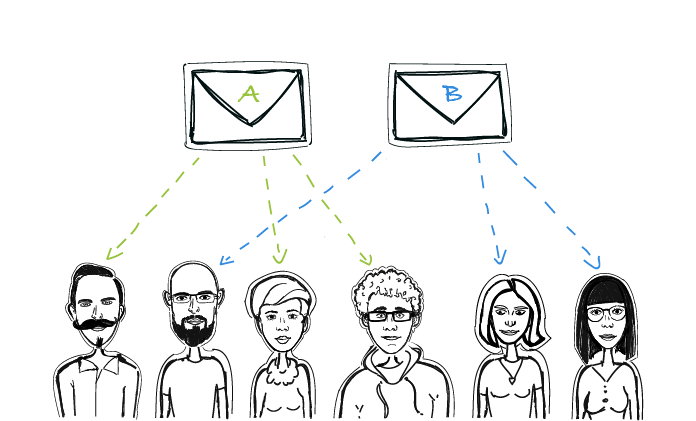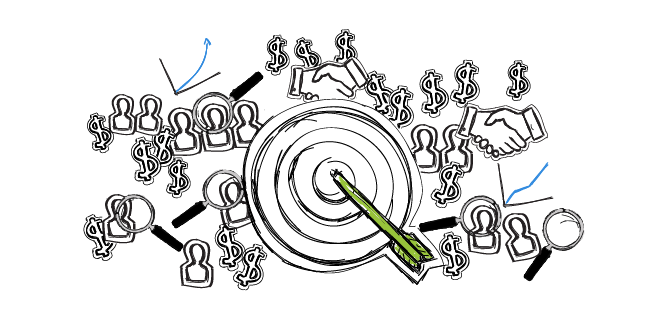The issue of different time zones complicates the definition of optimal email delivery time. What is 7 AM to our prospect in California is 4 PM for us in Poland. Many companies like ours have been prospecting overseas by sending cold emails. In such a case, should we aim at the optimal time on our prospects’ clock? Or should we consider our own office hours, so that we can react quickly if someone responds to our message?
This is the continuation of the previous post. See Vol. 1 about what we’ve figured out about optimal time for cold email delivery when it comes to statistics.
‘Optimal time’ depends on the perspective
For instance, now we’re addressing people who work in an office. And I could send a cold email campaign at 9 AM PDT. That wouldn’t be a problem. Woodpecker allows us to choose whichever time zone we like. And probably many of my prospects will reply to an email from this campaign, as that’s the time when they check their email and take time to respond.
But for me, it’s 6 PM, so basically I’m already out of office at that time and will be able to react to their response the next day (which will be, in turn, their night…). So what should I do in such a case?
It’s all about the conversation
I really appreciate quick reaction when it comes to emails in general, so I would probably choose the hours which are not optimal in terms of statistics, but would allow me to respond to the interested prospects within an hour.
In cold emails, we aim at high reply rates. But the prospect’s reply to our cold email is only a start to a conversation. If I’m not able to carry on with the conversation quick enough, I’ll probably lose an interested potential customer. I guess some of you would say:
“We never know when they’ll reply anyway”
That’s true. And of course, losing an interested prospect due to lack of a quick response isn’t always the case. The advantage of cold emails over cold calls (from the prospect’s perspective) is that the addressee may take as much time as they like to respond. So even if I send the emails when I’m at my office ready to take up a conversation, there’s still a good chance they may reply when I’m asleep…
My point is we’ll never have 100% efficiency in quick responding (unless we have salespeople working 24/7 – which, in our case, we don’t). And my prospects won’t be surprised if I respond to them the next day. BUT: they will be most certainly positively surprised if I react to their email within an hour. And I want them to be positively surprised by my service.
Emails sent at night
Since, as I already revealed, we do not have a sales team working 24/7 so we won’t send emails at night (I mean our night) ourselves. We could use Woodpecker to do that, no problem with that at all. But we also need to keep in mind that sending cold emails – whether done automatically or not – is just a start to a conversation.
The most important part of the conversation takes place after the automated cold email delivery. And that’s 100% human-to-human communication. That’s also the part we should really take care of the best we can.
What’s in it for you?
Again, you need to figure out for yourself what is the optimal time of cold email delivery. And don’t just focus entirely on the numbers like open rates and reply rates. That’s just a start. If you have high reply rates to your initial outreach, but after that, the conversation ceases, you should probably look deeper into the characteristics of your contact with the potential client or business partner.
The first email may be sent at a perfect moment. But maybe then they had to look for your reaction too long, so they lost their interest or found another solution instead – because you gave them the idea that they may have a problem to solve but you weren’t there to solve the problem for them.
Or maybe your target group doesn’t mind if you respond after a day or two. Maybe they will still be interested in continuing the conversation, because that’s how they usually carry out conversations via email. You need to discover that.
Just keep an eye on how your prospects communicate. Look for patterns. Draw conclusions. And keep improving your outreach.
READ ALSO

A Comprehensive Guide to Cold Email
This week we have a little special. I've been writing about cold emails for over 2 years. Last week I realized that I've written over 100 posts on this blog so far. That's a lot of material. So this week I decided to prepare a kind of a table of contents, so you have a place on this blog where you can easily and quickly find what you're looking for. Plus, maybe it will allow you to discover some posts you haven't read before. Check out the collection that makes a comprehensive guide to cold email.

A/B Testing in Cold Email: How to Optimize Our Copy to Get More Replies?
Split tests, or A/B tests, are a well-known method for website’s or newsletter’s copy optimization. But cold email copy also needs constant changes if it is to bring optimal effects. Here’s a little about split testing in cold email: which parts of our email can be tested, how can we test most effectively, what tools can we use for convenient comparison of results?

Account Based Sales Development 101: What Is It? How Does It Work?
If you're doing outbound sales, you've probably heard about the ABSD (Account Based Sales Development) trend lately. Is it new? Is it for everyone? Is it a revolutionary approach that will bring you $$$ as soon as your sales team adopts it? What is it, really? Check out the short introduction to ABSD in simple words.

